Understanding Tarantula Feeding
Tarantula feeding is a crucial aspect of owning these fascinating creatures. Understanding their dietary needs and feeding habits is essential for ensuring their health and longevity. Unlike many pets, tarantulas have unique requirements based on their species, age, and overall health. This guide will provide a comprehensive overview of how to properly feed your tarantula, from selecting the right prey to setting up the perfect feeding environment. Correct feeding not only keeps your tarantula alive but also contributes to its growth, molting cycles, and overall well-being. A well-fed tarantula is a happy and healthy tarantula. Moreover, observing the feeding process can be a rewarding experience, allowing you to witness the natural instincts of these captivating arachnids.
Why is Proper Feeding Important
Proper feeding is not merely about survival it’s about thriving. A tarantula’s diet directly impacts its growth rate, molting frequency, and overall health. Insufficient or improper nutrition can lead to various health issues, including stunted growth, weakness, and even premature death. Furthermore, a tarantula that is not fed correctly might become stressed or aggressive, making it difficult to handle or observe. A balanced diet supports the tarantula’s immune system, helping it ward off diseases and infections. By understanding the importance of proper feeding, you can ensure that your tarantula lives a long and fulfilling life. Regular feeding also allows you to monitor your tarantula’s behavior, helping you detect any potential health problems early on.
Nutritional Needs of Tarantulas
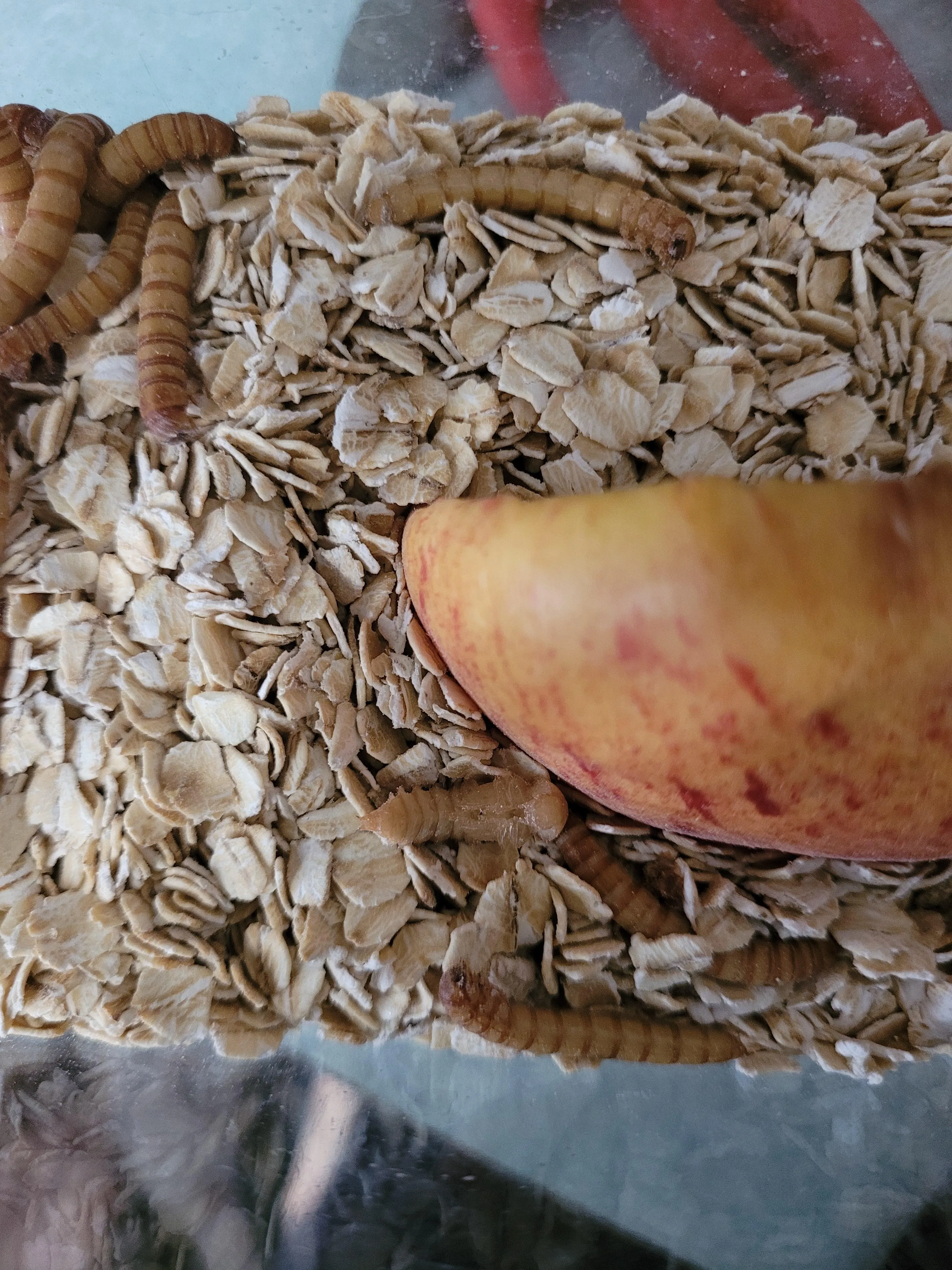
Tarantulas are primarily insectivores, meaning their diet consists mainly of insects. Their nutritional needs are relatively simple, but it’s crucial to provide a variety of insects to ensure a balanced diet. The main components of a tarantula’s diet should include protein, fats, and chitin (from the exoskeleton of insects). While vitamins and minerals are essential, tarantulas typically obtain these from their prey. The size and type of prey should be appropriate for the tarantula’s size and age. Overfeeding can be as detrimental as underfeeding. Therefore, understanding the nutritional requirements and adjusting the feeding frequency accordingly is vital for the health of your tarantula. It is also important to note that some species may have slightly different dietary needs.
Essential Elements of Tarantula Diet
The staple diet of a tarantula consists of live insects. Crickets, mealworms, and roaches are common choices due to their availability and nutritional value. Crickets are a great source of protein, while mealworms provide a good amount of fat. Roaches, such as dubia roaches, are considered to be a highly nutritious option. It is important to ‘gut-load’ the prey before feeding it to your tarantula. Gut-loading involves feeding the insects a nutritious diet a few days before offering them to your tarantula. This ensures that the tarantula gets the added benefit of vitamins and minerals. Avoid feeding your tarantula wild-caught insects, as they may carry parasites or pesticides. Consider offering a variety of insects to ensure a balanced diet.
Live Prey for Tarantulas
Live prey is essential for tarantula feeding. It stimulates their hunting instincts and provides the necessary nutrients. Frozen or dead insects are generally not recommended, as they are less appealing and may not provide the same nutritional value. Always ensure that the live prey is healthy and free from diseases or parasites. The size of the prey should be appropriate for the tarantula; a general rule is to offer insects that are no larger than the tarantula’s abdomen. Too large prey can stress or injure the tarantula. Observe your tarantula while it feeds to ensure that it is successfully catching and consuming the prey. If the tarantula is not interested, remove the prey to avoid stressing the spider. Regular monitoring of the prey’s condition is crucial, too.
Choosing the Right Prey
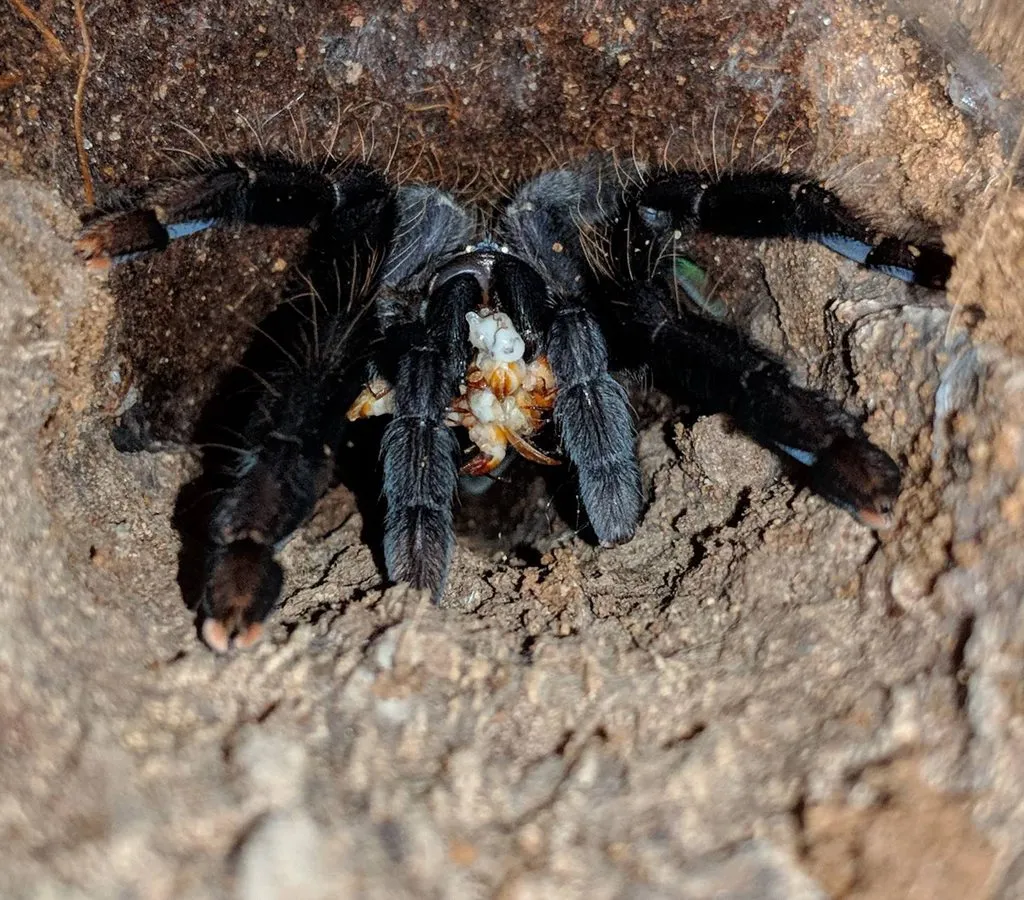
Selecting the right prey is key to a tarantula’s diet. Crickets are readily available and a good source of protein, but they can be noisy and may stress your tarantula if left in the enclosure for too long. Mealworms are convenient, but they are higher in fat, so they should be offered in moderation. Dubia roaches are an excellent choice, being highly nutritious and relatively slow-moving, which makes them easy for the tarantula to catch. Before feeding, ensure the prey is healthy and has been gut-loaded. Avoid prey that has been exposed to pesticides or other harmful substances. The size of the prey is also important; it should be no larger than the tarantula’s abdomen. A variety of prey items helps to ensure a balanced diet, so you can rotate your prey selection.
Feeding Frequency Based on Age and Species
The frequency of feeding depends on the tarantula’s age and species. Spiderlings (young tarantulas) need to be fed more often, typically 2-3 times per week. As they mature, the frequency can be reduced. Adult tarantulas generally need to be fed once every 1-2 weeks, but some larger species may require feeding less frequently. Species also have their own preferences and metabolic rates. Fast-growing species might need more frequent feeding, whereas slower-growing ones can go longer between meals. Always monitor your tarantula’s abdomen. If it is plump and round, it has likely eaten recently. Observe your tarantula’s behavior and adjust the feeding schedule accordingly.
How Often to Feed a Spiderling
Spiderlings require frequent feeding to support their rapid growth. A good rule of thumb is to feed them 2-3 times per week. The size of the prey should be appropriate for the spiderling’s size. Small crickets or flightless fruit flies are often suitable choices. Always make sure that the spiderling can easily catch and handle the prey. Overfeeding is less of a concern with spiderlings as long as they have the opportunity to eat when they are hungry. However, it is also important not to leave uneaten prey in the enclosure for extended periods, as they can stress the spiderling. Provide a shallow water dish with fresh water at all times. Regularly monitor the spiderling’s abdomen to ensure it is well-fed.
Feeding Adult Tarantulas
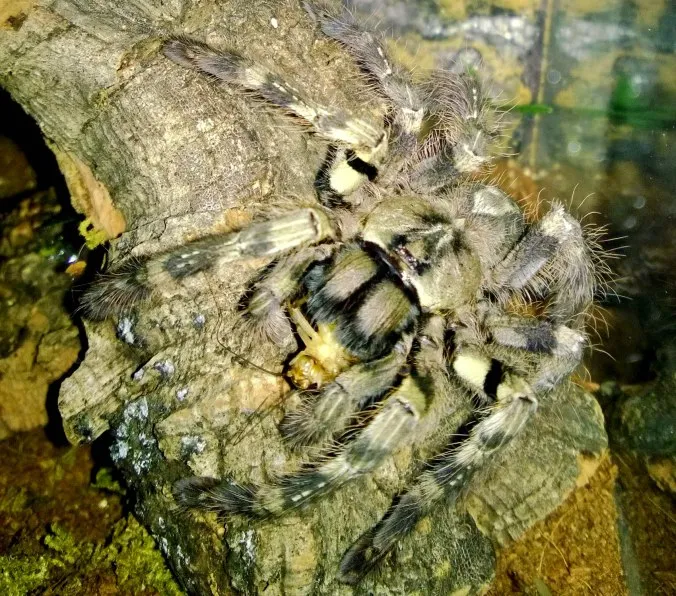
Adult tarantulas generally need to be fed less frequently than spiderlings. A good feeding schedule for adults is once every 1-2 weeks. The size of the prey should be appropriate for the tarantula’s size. Adult tarantulas can typically handle larger prey items such as adult crickets or small roaches. Offer a variety of prey to ensure they receive a balanced diet. Observe your tarantula’s abdomen; if it is plump, it is likely well-fed. Reduce the feeding frequency if the tarantula seems uninterested in food or is refusing to eat. Make sure there is a clean water dish available at all times. Regular observation and adjustments to the feeding schedule are essential to ensure your adult tarantula is thriving.
Preparing the Feeding Environment
The feeding environment is crucial for the health and safety of your tarantula. Before feeding, ensure the enclosure is clean and free from any potential hazards. Remove any uneaten prey or molts from previous feedings. The enclosure should be well-ventilated and have the appropriate humidity levels for the species. Provide a shallow water dish with fresh water at all times. Clean the water dish regularly to prevent the growth of bacteria. Ensure the enclosure is secure to prevent the tarantula from escaping and to keep unwanted pests out. A clean and well-maintained enclosure contributes to the tarantula’s overall well-being. It creates a safe space for feeding.
Setting Up the Enclosure
A properly set-up enclosure is vital for successful tarantula feeding. The enclosure should be the correct size for the tarantula’s species and size. Provide appropriate substrate, such as coconut fiber or peat moss, to maintain humidity. Include hides, such as cork bark or artificial plants, to provide the tarantula with a secure place to retreat. Maintain the correct temperature and humidity levels for the species. A thermometer and hygrometer are essential tools for monitoring the enclosure’s environment. Ensure that the enclosure is well-ventilated to prevent the build-up of harmful gases. The enclosure should be escape-proof and easy to clean. This creates a comfortable and safe environment for the tarantula and facilitates the feeding process.
Proper Humidity and Temperature
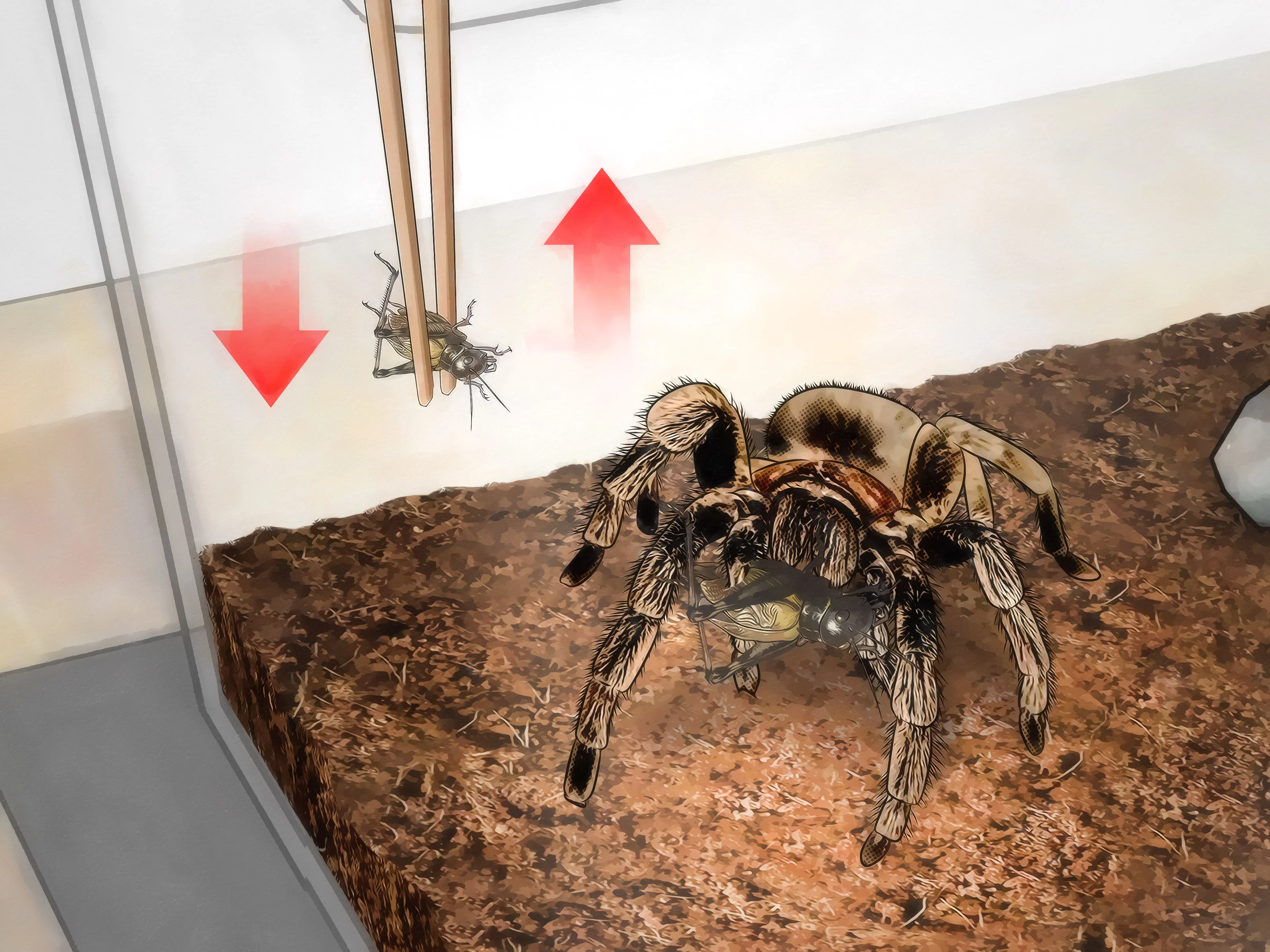
Maintaining the correct humidity and temperature levels is essential for your tarantula’s health and molting process. The ideal humidity and temperature will vary depending on the species. Research the specific requirements of your tarantula. Use a hygrometer to monitor humidity levels. You can increase humidity by misting the enclosure or by providing a larger water dish. Use a thermometer to monitor the temperature. Provide a heat source if necessary, such as a heat mat or a ceramic heat emitter, but always make sure it is properly regulated to prevent overheating. Avoid direct sunlight or drafts, as they can affect the temperature and humidity levels. Properly maintaining these elements will facilitate the health and well-being of your tarantula.
The Feeding Process Step-by-Step
Begin by selecting healthy, gut-loaded prey of an appropriate size. Ensure the enclosure is clean and the environment is optimal. Gently introduce the prey into the enclosure, taking care not to disturb the tarantula. Observe the tarantula to see if it is interested in the prey. If the tarantula is not showing interest, you may need to try again later or try a different type of prey. If the tarantula is in pre-molt, it is likely that it will not eat. Leave the prey in the enclosure for a reasonable amount of time, typically a few hours. Remove any uneaten prey to avoid stressing the tarantula. Clean and maintain the enclosure to keep it healthy.
Introducing Prey
When introducing prey, it is essential to do so gently to avoid startling the tarantula. Open the enclosure carefully and introduce the prey using tongs or a small container. Avoid dropping the prey directly onto the tarantula, as this may be perceived as a threat. Observe the tarantula’s reaction. Some tarantulas are ambush predators, while others actively hunt. Make sure the prey is in a position that the tarantula can easily find. Allow the tarantula time to hunt and capture the prey. If the tarantula doesn’t show interest, remove the prey after a few hours. Do not leave the prey in the enclosure for extended periods.
Monitoring and Observing
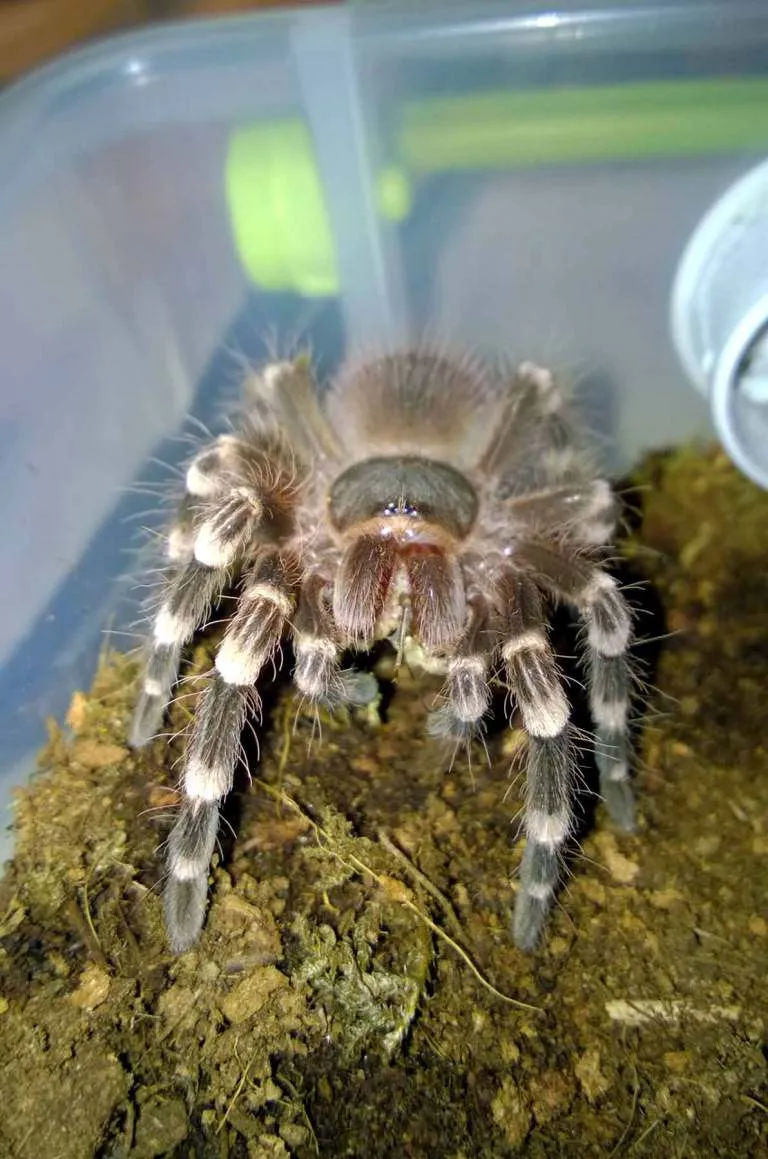
Regular monitoring and observation are critical aspects of tarantula feeding. Watch your tarantula’s behavior before, during, and after feeding. Note any changes in its behavior, such as a loss of appetite, lethargy, or aggression. Observe the tarantula while it eats and note the speed and method of consumption. Check the tarantula’s abdomen; a plump abdomen usually indicates that it has eaten recently. Keep track of your tarantula’s feeding schedule and any changes in its diet. If you notice any unusual behaviors or health issues, consult with an experienced tarantula keeper or a veterinarian specializing in exotic animals. Regular observation will help ensure your tarantula’s well-being.
Addressing Common Feeding Issues
Several feeding issues can arise when keeping tarantulas. One common issue is the tarantula refusing to eat. This could be due to various factors, such as pre-molt, stress, or environmental issues. Another issue is the prey being too large, which can stress or even injure the tarantula. Uneaten prey left in the enclosure can also cause problems, such as stressing the tarantula or creating a health risk. Always make sure the enclosure is clean and that all environmental factors are correct. Be patient and observant; most issues are temporary.
Tarantula Refusal to Eat
A tarantula refusing to eat can be a common concern. The most likely reason is pre-molt. During this period, the tarantula will stop eating and may appear sluggish. Other reasons include stress from handling or environmental changes, such as temperature or humidity. If the tarantula refuses to eat, check the enclosure conditions. Provide a secure, comfortable environment with proper humidity and temperature. Avoid handling or disturbing the tarantula. Observe the tarantula for any other signs of illness, such as lethargy or unusual posture. Offer food again in a week or two. If the refusal persists, consult with an experienced tarantula keeper.
Prey That is Too Large
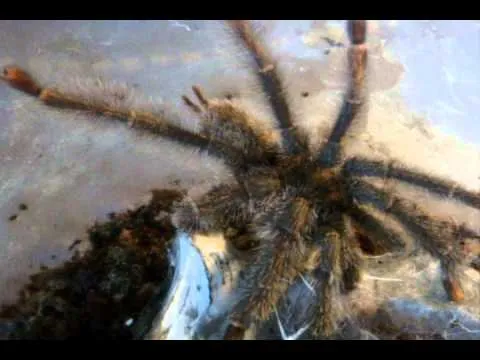
Offering prey that is too large is a common mistake that can cause problems. The prey should not be larger than the tarantula’s abdomen. Too large prey can stress the tarantula, making it difficult to catch and consume. In some cases, the prey can even injure the tarantula. Select prey that is appropriate for the size and species of your tarantula. If you are unsure of the correct size, err on the side of caution and offer smaller prey. Regularly monitor the tarantula to make sure it is able to handle the prey without difficulty. If the tarantula struggles to catch or eat the prey, remove it and offer smaller prey.
Tips for Successful Feeding
To ensure successful feeding, follow these tips. Provide a varied diet of appropriately sized, gut-loaded prey. Maintain the correct environmental conditions, including temperature and humidity. Observe the tarantula for any signs of illness or stress. Be patient, as tarantulas can sometimes go for extended periods without eating, especially when pre-molting. Keep the enclosure clean and free of uneaten prey. Handle the tarantula with care and avoid unnecessary stress. Regular observation is essential for understanding your tarantula’s behavior. Consult with experienced keepers if you have any concerns.
Maintaining a Healthy Tarantula
Maintaining a healthy tarantula involves more than just feeding; it requires a holistic approach to their care. In addition to providing a proper diet, ensure that the enclosure is clean, secure, and provides a comfortable environment. Regular cleaning of the enclosure will prevent the build-up of waste and bacteria. Monitor the temperature and humidity levels and adjust as needed. Provide a shallow water dish with fresh water at all times. Avoid excessive handling, as this can stress your tarantula. Regular observation will help you detect any signs of illness or distress early on. By following these guidelines, you can provide a long and healthy life for your fascinating arachnid.
